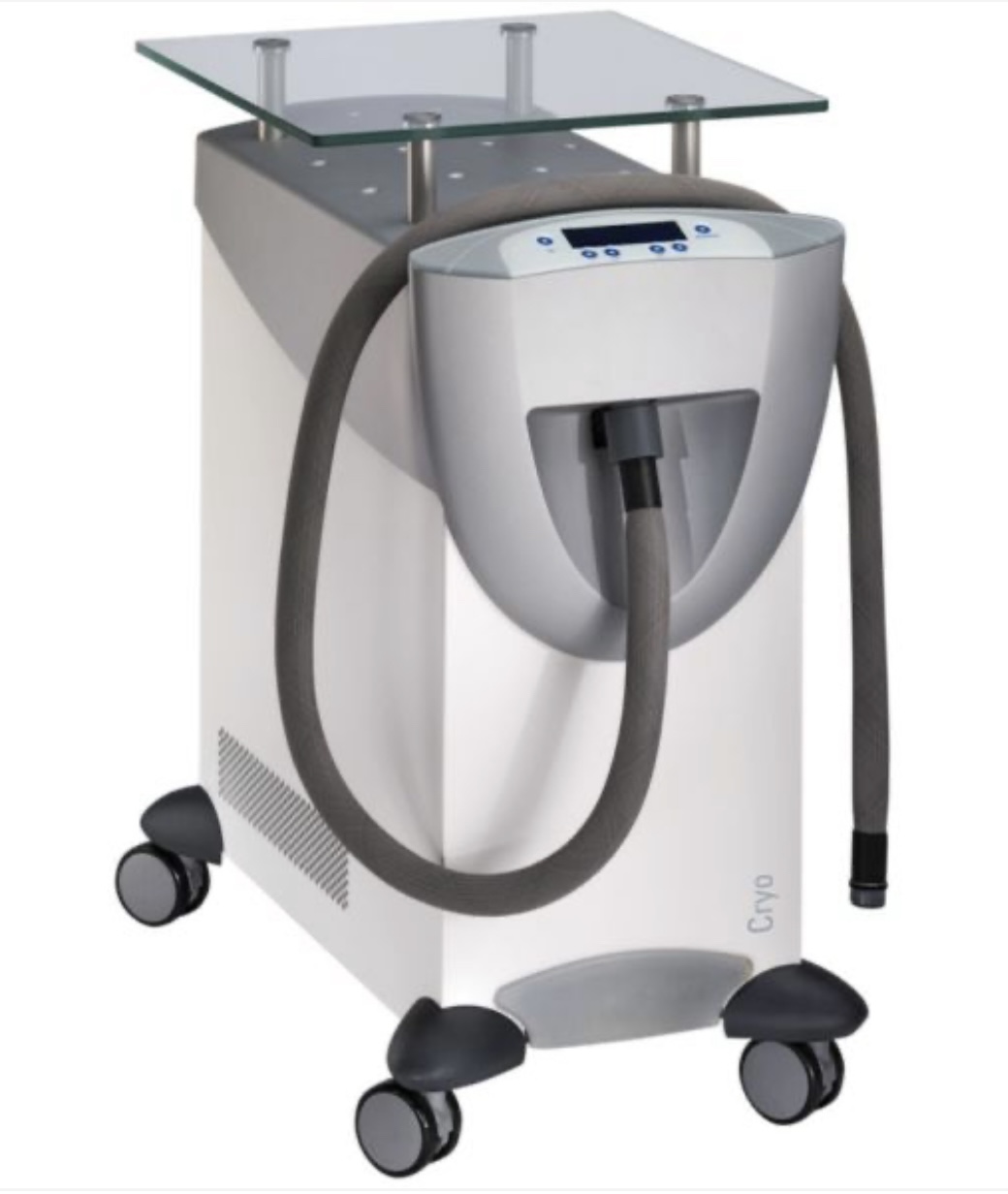Zimmer local cryotherapy

Local cryotherapy consists of applying cold to a specific area of the body to treat various conditions and promote recovery. It can be carried out in different ways, such as by ice packs, cryo-devices, or localised ice baths. Here are the main benefits of local cryotherapy
Reduction of inflammation
The application of cold reduces blood circulation in the targeted area, which reduces inflammation and oedema. This is especially useful after an acute injury, such as a sprained or muscle cracking.
Pain relief
Cold acts as a natural anaesthetic by slowing down nerve conduction and reducing the activity of pain receptors. This can provide immediate pain relief, especially after trauma or surgery.
Decreased muscle spasms
Local cryotherapy helps reduce muscle tension and spasms by relaxing muscle fibres and promoting blood circulation once the cold effect is blurred.
Acceleration of recovery
By reducing inflammation and pain, cryotherapy allows athletes or active people to recover faster after intense exercise or injury. It is also used to improve recovery after training.
Improvement of blood circulation
Although the cold temporarily reduces circulation at the time of application, as soon as the skin warms up after treatment, vasodilation occurs, which improves blood circulation and promotes the elimination of accumulated toxins.
Reducing stress and tension
In addition to its physical effects, local cryotherapy can also have beneficial effects on overall well-being by reducing stress and providing a feeling of relaxation by reducing pain and inflammation.
Injury prevention
In athletes, local cryotherapy can be used preventively to treat minor injuries or pain before they get worse, thus reducing the risk of future injuries.
Local cryotherapy is particularly effective for targeted applications, such as muscle pain, sprains, tendonitis, or even to improve recovery after intense training sessions. However, it should be used with caution, especially to avoid frostbite or other adverse effects related to excessive cold.
